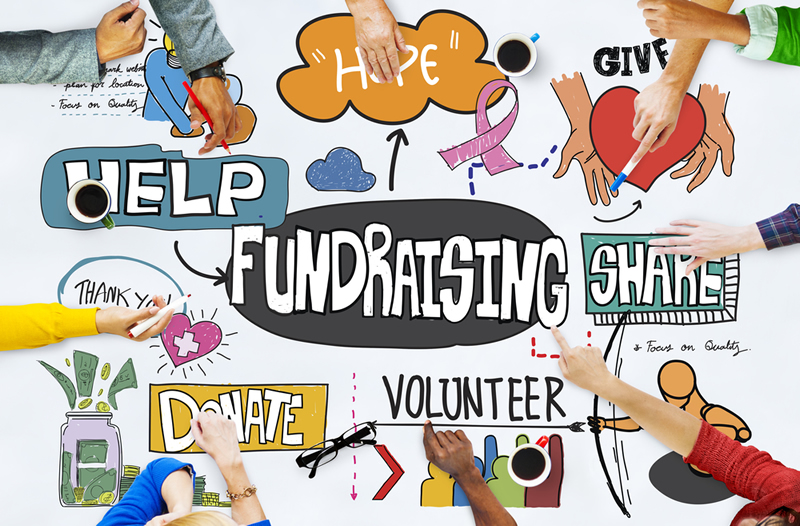Lots of traditional fundraising methods are also offered online through digital fundraising platforms and tools such as online shopping, auctions, securing tax efficient donations, crowd funding, raffles and tribute websites.
There are a wide selection of options to generate income, each with their own strengths and weaknesses. Finding the best combination to complement your organisation then integrating and promoting them through your communication channels is key.
Raising funds is often about raising awareness of what you do, whilst strengthening your brand. Many techniques allow you to do both.
The two broad sources of income are voluntary income and earned income. This section will give you a flavour of some of the options for you to consider.

Voluntary income is when the person or organisation that gives money does not receive any significant material gain:
Earned income is when the person or organisation that gives money receives something tangible in return:
Lots of traditional fundraising methods are also offered online through digital fundraising platforms and tools such as online shopping, auctions, securing tax efficient donations, crowd funding, raffles and tribute websites.